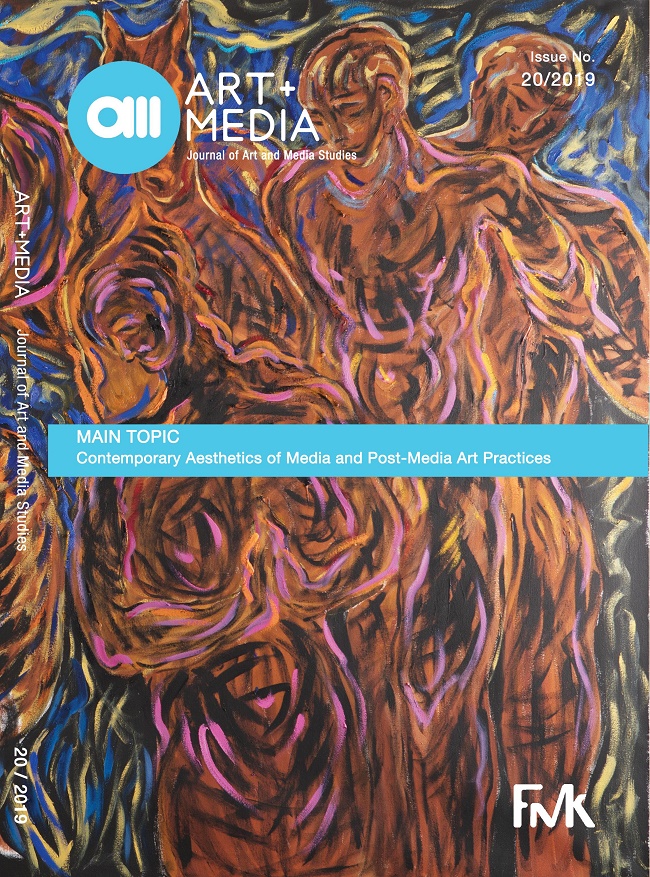Aesthetics Qua Excess: Mario Perniola and Jacques Rancière
Aesthetics Qua Excess: Mario Perniola and Jacques Rancière
Author(s): Erik VogtSubject(s): Aesthetics
Published by: Fakultet za medije i komunikacije - Univerzitet Singidunum
Keywords: Jacques Rancière; Mario Perniola; excess of aesthetics; distribution of the sensible; sensology; remainder.
Summary/Abstract: According to Jacques Rancière, the contemporary anti-aesthetic consensus has denounced aesthetics “as the perverse discourse which bars this encounter and which subjects works, or our appreciation thereof, to a machine of thought conceived for other ends: the philosophical absolute, the religion of the poem or the dream of social emancipation” (Rancière, Aesthetics and Its Discontents, 2009: 2). However, what seems to be the most problematic trait of aesthetics is its excessive confusion of “pure thought, sensible affects and artistic practices.” But for both Rancière and Mario Perniola, the excess of aesthetics, that is, its confusion and obliteration of the borders between the arts, between high art and popular art, as well as between art and life – a commixture not to be mistaken for some postmodern transgression of modernist boundaries, for both Rancière and Perniola keep critical distance to the notions of modernism and postmodernism – constitutes the very knot “by which thoughts, practices and affects are instituted and assigned a territory or a ‘specific’ object” (Rancière, Aesthetics and Its Discontents, 2009: 4). This paper will demonstrate that aesthetics in Rancière and Perniola represents neither simply a general art theory nor a theory defining art by means of its effects on the senses, but rather a specific order of the identification and thinking of art. Moreover, it will argue that Rancière’s and Perniola’s respective elaborations of the relationship between aesthetics and art occur in the larger context of a primary aesthetics associated with the topographical analysis of the means in which the sensible, common world is constructed, parceled out and contested. It will also be shown that primary aesthetics, for both Rancière and Perniola, includes non-artistic realms and practices such as politics, culture, education, science, and economy in that all these realms and practices presuppose the sensible configuration of a specific world. Thus, primary aesthetics is ultimately to be grasped as distribution of the sensible (Rancière) or as sensology (Perniola) that determines not only that which is given in a common manner, but also – and more specifically – that which can be seen, felt, said or done and at the same time modes of seeing, feeling, saying or doing that are excluded from that which is given in a common manner.
Journal: AM Časopis za studije umetnosti i medija
- Issue Year: 2019
- Issue No: 20
- Page Range: 1-10
- Page Count: 10
- Language: English

